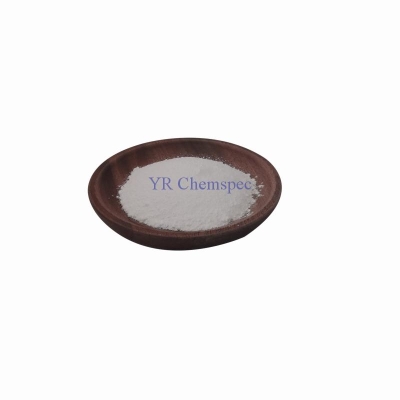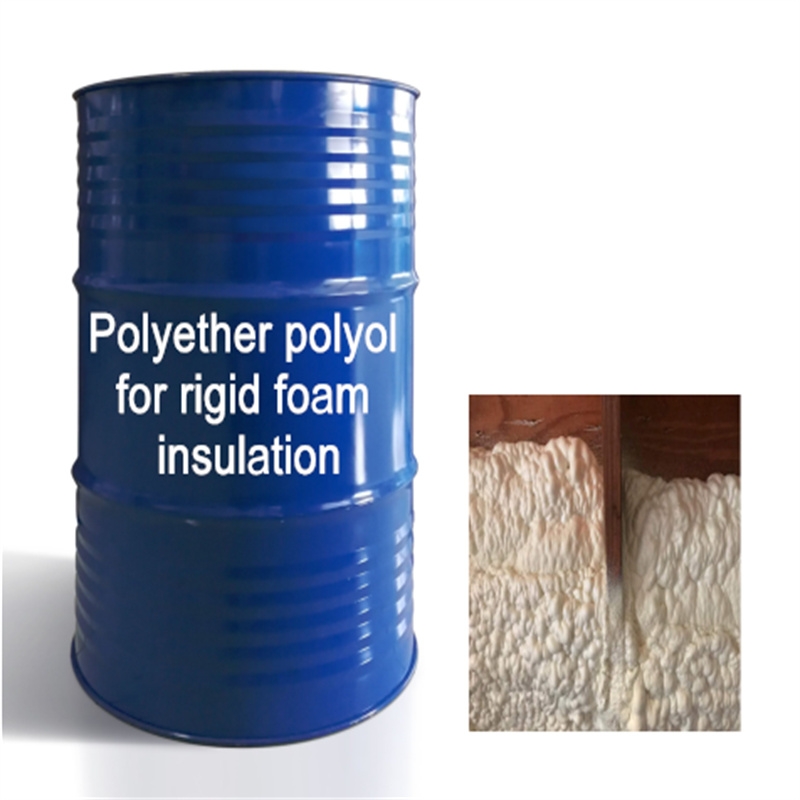-
Categories
-
Pharmaceutical Intermediates
-
Active Pharmaceutical Ingredients
-
Food Additives
- Industrial Coatings
- Agrochemicals
- Dyes and Pigments
- Surfactant
- Flavors and Fragrances
- Chemical Reagents
- Catalyst and Auxiliary
- Natural Products
- Inorganic Chemistry
-
Organic Chemistry
-
Biochemical Engineering
- Analytical Chemistry
- Cosmetic Ingredient
-
Pharmaceutical Intermediates
Promotion
ECHEMI Mall
Wholesale
Weekly Price
Exhibition
News
-
Trade Service
2.
The effect of activation energy on reaction rate
For the formula
If you draw a graph with 1gk pairs, you will get a straight line in the rectangular coordinate system.
The slope of the straight line is therefore, the activation energy Ea of the reaction can be obtained from the slope of the straight line
Figure 3-4 shows the relationship between temperature T and rate constant k
.
The absolute value of the slope of the straight line I is greater than that of the straight line II because the activation energy E a (I) is greater than Ea (II)
Figure 3-4 The relationship between temperature and rate constant
For example, if the activation energy E a =50kJ·mol -1 , the reaction temperature increases from 400K to 420K, and the ratio of k 2 to k 1 is 2.
0; if the activation energy E a =150kJ·mol -1 , the reaction temperature rises from 400K liters Up to 420K, the ratio of k 2 to k 1 is 8.
From the rate constants at two temperatures, the activation energy Ea of the reaction can be directly calculated
.
The direct calculation of the activation energy from the above formula only involves two experimental points, which has a larger error than the activation energy obtained by the mapping method, because the mapping method involves multiple experimental points
.
[Example 3-4] The rate constant of a reaction at 300K is 9.
86×10dm -2 ·mol -1 ·s -1 , and the rate constant at 320K is 8.
(1) The activation energy E a of the reaction ;
(2) Rate constants at 310K and 330K;
(3) The rate constant increases for every 10K increase in temperature
.
(2) Substitute the known data
Example 3-4 The calculation results show that for every 10K increase in temperature, the reaction rate increases by 2 to 4 times, which shows that Vanter Hoff's law is experimentally based







